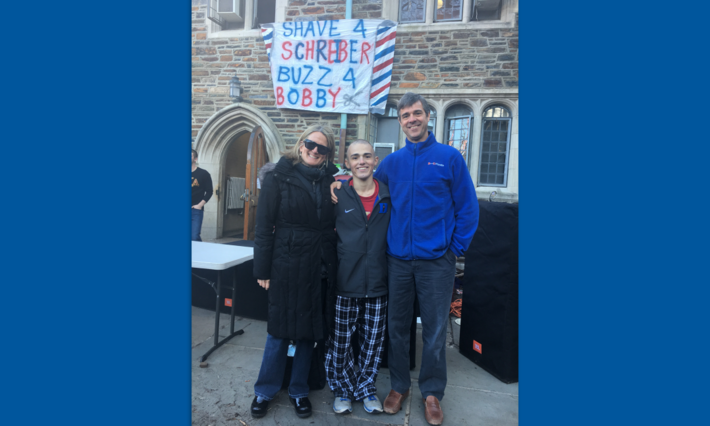It’s something that has happened to all of us; you arrive on time for your 10:30 a.m. doctor’s appointment and wait an hour, only to have the doctor spend 15 minutes with you. Doctors are busy people.
Thomas LeBlanc, MD is no different, but early in his career as a medical student, he took special notice of this problem: doctors do not have much time to listen to the patient, and they focus too much on the medical aspects and not enough on the person.
“I saw that we often fail to attend to patients’ lived experiences of illness, so I decided to make that a priority in my research and in my practice—to amplify the patient voice in cancer care,” says LeBlanc, who treats patients with blood cancers at Duke Cancer Center Institute (DCI).





